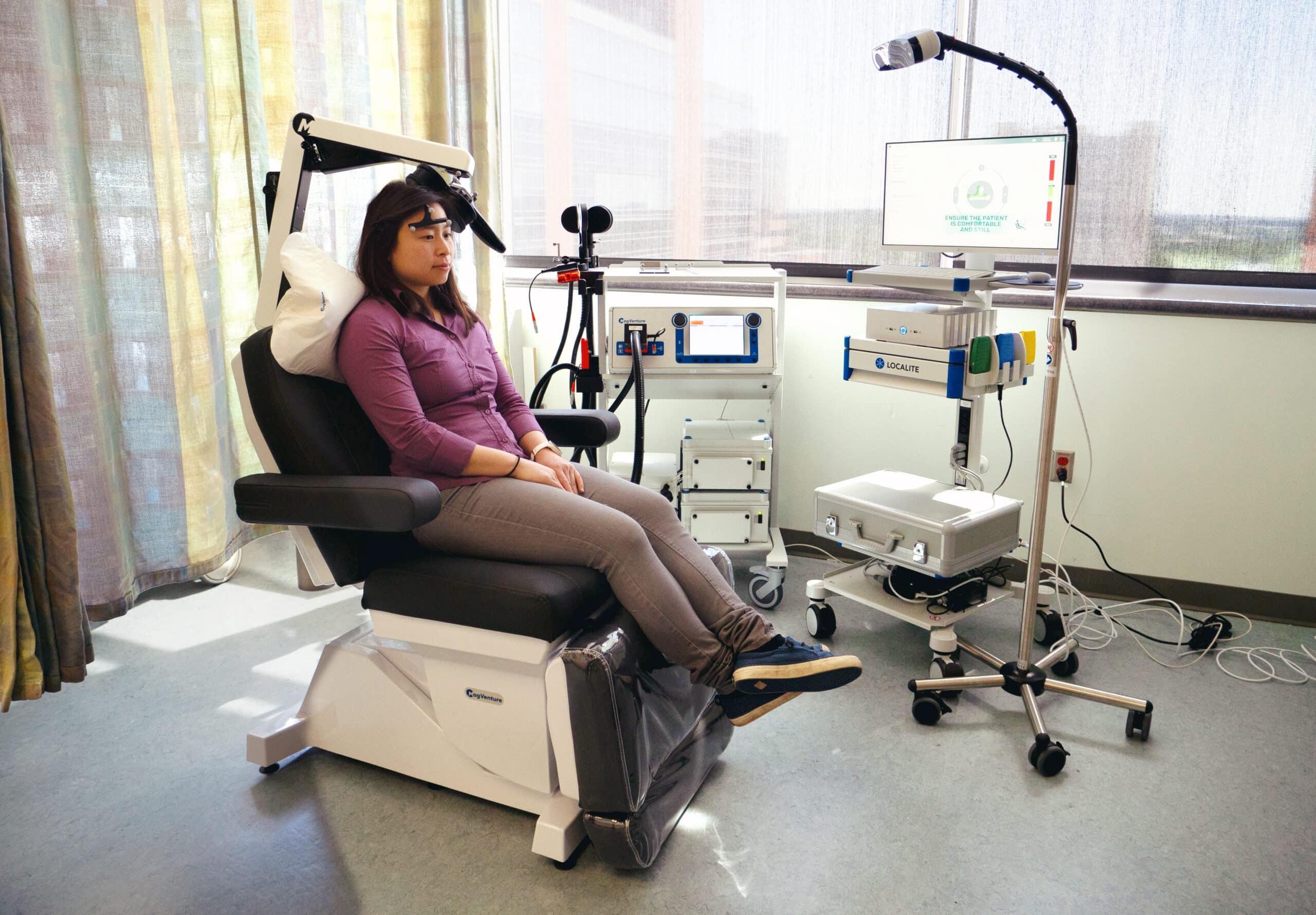Diabetes needs a coordinated and well-coordinated approach in the management that entails the support of a doctor and other health professionals. Besides, adherence to treatment, it is significant to take proper care of the feet in case of a diabetic. Heel injury may be as simple as a small cut or a blister but if not well managed it becomes an issue. This means that visiting a diabetic foot care specialist is inevitable. The following are 5 valuable reasons why you should choose the right diabetic foot care specialist.
1. They always give routine checkups
If problems are recognized before reaching the later stage, then treatment begins in those stages. This minimizes the risk of the minor issues turning into complications which may greatly affect the patient’s health and mobility.
Foot doctor, during the check-up procedures, assesses the signs and symptoms of the dysfunctioning nerves, blood vessels, infections, inflammation, pressure points, and deformities. Patients also have their skin, nails, pulse and sensation examined. If an issue arises, then the doctor advises on the correct form of therapy. Proper examination is central to prevention and early detection and thus, it should be done at fixed times.
Any alteration in the schedule helps the physician keep a close check on the feet and identify any problem on schedule. Monitoring the symptoms enables the treatment team to assess whether and how diabetic foot complications are evolving. All in all, the patients benefit greatly from this diligent supervision as it provides them the best shot at a favorable outcome.
2. They dispense preventive and preventive care treatments
Proper foot care from a diabetic point of view cannot be overemphasised since it involves both preventive and early interventions care. Looking at the overall goal, it is to avoid foot issues becoming big problems such as non-healing ulcers.
Some of the measures that can be taken at home for preventing the complication include checking the feet daily, choosing to wear the appropriate shoes, applying creams, and doing regular fleshy exercises. Doctors themselves also prescribe various things to be done at home including medication, wound dressing, usage of special shoes, and orthotics among others.
Pre-emptive care refers to actions taken in anticipation of a development of complication. For instance, this is because surgery can help alleviate pressure on nerves, and also help to enhance blood flow. Reduce and remove these forces for correction of the toe deformity eliminates the pressure points. They improve resultants These anticipatory measures improve resultants
3. Coordinate care with other healthcare professionals
Diabetes treatment is a multifaceted process that involves the cooperation of numerous medical personnel. This includes a detailed working relationship with the Podiatrist, the patient’s general practitioner, a Diabetes specialist, nutritional expert, and an Ophthalmologist. Coordination in this case means that the needs of a patient in terms of his/her overall health are met without focusing on feet only.
For instance, high blood glucose levels cause blood flow and nerve problems to the eyes, kidneys, and feet at the same time. Thus, aligning the specialties’ affairs more consistently represents system-wide health’s better management. As a result, it frees up various issues affecting poor foot health.
A podiatrist that not only maintains that viewpoint but also actively works to refer and integrate with other healthcare professionals for the benefit of the patient is irreplaceable for the organization and quality of care. It also aids in simultaneous endeavours of population management and foot health all at one place.
4. These centers apply the best techniques and procedures
Specialists working in the treatment of diabetes and its complications ensure patients receive the best care, and the use of technology ensures quality care is offered. Doctors are able to put into practice individualistic treatment strategies because of detailed information concerning the relationship between diabetes and feet.
Expertise and sophisticated procedures are also improved when matched together. Hyperbaric oxygen treatment, vacuum-assisted wound therapy, allogenic and autogenic dressings and growth factors work positively towards the process of healing. Technologies that renew nerves, reduce weight, enhance blood supply, and combat infection also aid in saving feet.
Furthermore, the detailed screenings also involve parts which can hardly be seen by the naked eye. These include thermal imaging, tissue sampling, and X-rays. Subspecialty providers then apply the results to consult with other specialist physicians such as infectious disease physicians or radiologists or vascular surgeons when required.
5. They also train the patients on foot care measures that are acceptable
Informing patients enables individuals to comprehend steps on how to manage their feet and why this is important. Patient education on the parts of diseases, risk factors, signs of complications, and self-care at home helps the patient guard their feet against complications every day.
They include daily foot examination, proper selection of footwear, proper care of cuts and blisters, ensuring proper glycemia control as well as the proper handling of potential dangers such as hot surfaces. Physicians also describe how the individual lifestyle effects are such as; dieting exercise regimens, smoking and alcohol.
It provides patients with actionable information which in turn creates patient control over their health condition. Finally, it encourages self-attention at the same time, it explains why expert-supported attention leads to superior outcomes. The patient understands that taking proper care of oneself along with the specialist’s recommended procedures helps in maintaining the health of the foot and movement. To summarize, it is the knowledge of the entire process which empowers the patient to have better care for their feet throughout life.
Conclusion
Selecting the top diabetic foot surgeon is essential to successfully managing foot complications associated with diabetes. In order to guarantee complete care, these specialists collaborate with other medical specialists as well as provide preventive care in addition to routine examinations. They stay on the cutting edge of diabetic foot care by employing cutting edge methods and procedures. They also provide patients with education on how to take care of their feet, enabling them to actively participate in their health. Patients can lower their risk of serious complications along with maintain better overall foot health and quality of life by working with a skilled diabetic foot care specialist.











